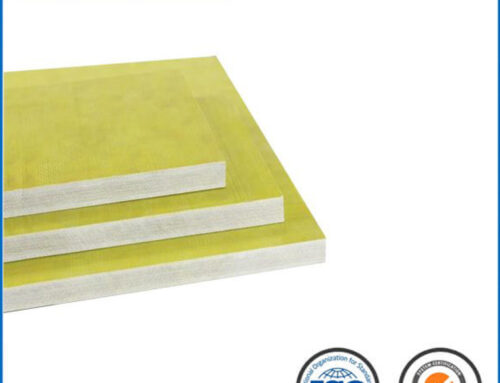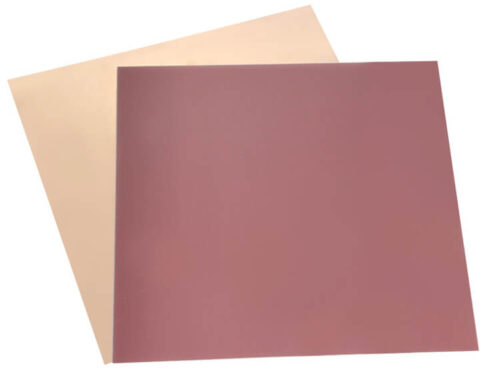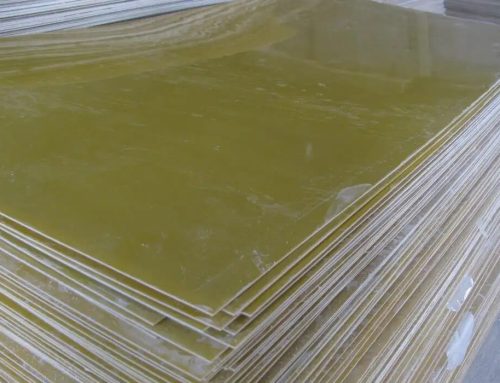Laminate technology stands at the forefront of materials engineering, showcasing continuous advancements and diverse applications in modern industries. This article explores the intricacies of laminate technology, delving into its evolution, composition, and the wide-ranging applications where cutting-edge composite materials are reshaping the landscape of engineering. From aerospace innovations to structural components, laminate technology unveils a realm of possibilities, redefining the way we approach material science and design.
1. Evolution of Laminate Technology: A Journey Through Innovation
Origins and Early Applications:
Laminate technology has evolved significantly from its early applications in simple layered structures to sophisticated composites with tailored properties.
The journey of laminate technology reflects a continuous quest for materials that offer superior performance and versatility.
Integration of Advanced Materials:
Modern laminate technology integrates advanced materials, such as high-strength fibers, resins, and additives, to achieve enhanced mechanical, thermal, and electrical properties.
The synergy of these materials contributes to the development of cutting-edge composites with unprecedented capabilities.
2. Composition of Advanced Laminate Materials: A Symphony of Components
Fiber Reinforcements:
Advanced laminate materials often incorporate high-performance fibers like carbon, glass, or aramid, providing strength and durability.
The orientation and arrangement of these fibers play a crucial role in determining the mechanical properties of the laminate.
Resin Matrices:
Resin matrices, ranging from epoxy to thermoplastics, serve as the binding agent in laminate materials.
The choice of resin influences characteristics such as adhesion, chemical resistance, and overall structural integrity.
3. Aerospace Innovations: Lightweight Strength Above the Skies
Composite Aircraft Structures:
Laminate technology has revolutionized aerospace engineering, enabling the development of lightweight yet robust composite structures for aircraft.
The use of laminates in wings, fuselage components, and interiors contributes to fuel efficiency and overall performance.
Thermal Protection Systems:
Laminate technology plays a vital role in thermal protection systems for spacecraft, providing heat-resistant composites for re-entry and space exploration.
These laminates ensure the structural integrity of spacecraft during extreme temperature variations.
4. Structural Components in Engineering: Resilience in Design
High-Performance Laminates in Construction:
Advanced laminates find applications in construction, contributing to the development of high-performance structural components.
From bridges to buildings, laminates offer a balance of strength, durability, and design flexibility.
Automotive Lightweighting:
Laminate technology aids in automotive lightweighting efforts, providing materials that enhance fuel efficiency without compromising safety.
The use of laminates in vehicle components contributes to the evolution of sustainable and high-performance automobiles.
5. Renewable Energy Applications: Harnessing Strength for Sustainability
Wind Turbine Blades:
Laminate technology plays a pivotal role in the construction of wind turbine blades, offering materials with the strength to withstand dynamic forces.
The use of laminates contributes to the efficiency and reliability of renewable energy systems.
Solar Panel Supports:
Laminates are employed in the construction of supports for solar panels, providing structures that endure environmental exposure and support the longevity of solar installations.
The combination of strength and weather resistance makes laminates integral to sustainable energy solutions.
Conclusion: Laminate Technology – Shaping the Future of Materials Engineering
As laminate technology is unveiled, its impact on materials engineering becomes clear, with applications ranging from aerospace to construction and renewable energy. The continuous evolution of laminate materials showcases a commitment to pushing the boundaries of what is achievable in modern engineering. In a world where materials must balance strength, weight, and versatility, laminate technology stands as a beacon of innovation, guiding the way to a future where cutting-edge composites redefine the possibilities in materials science and design.
More:




